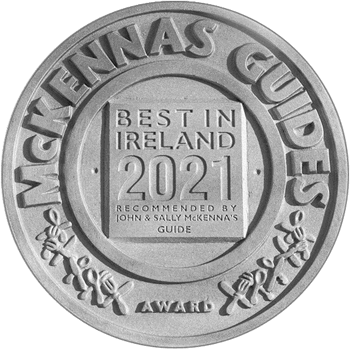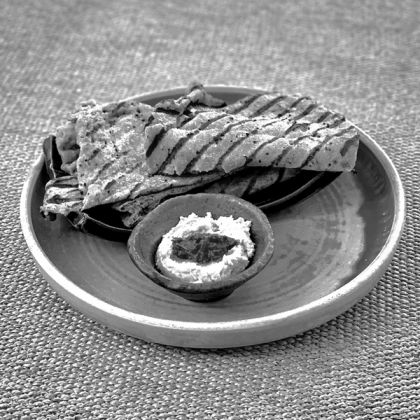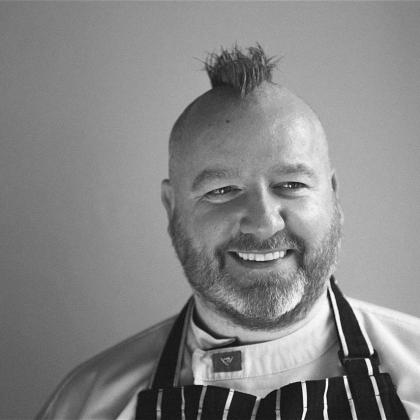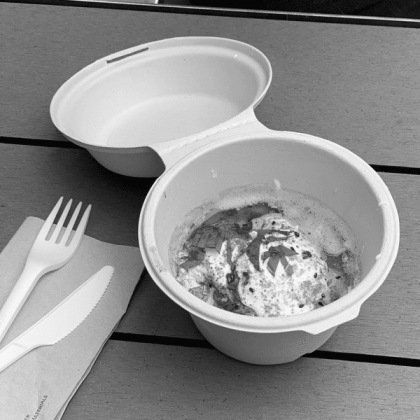The Irish Times Healthplus February 2010
John McKenna
What Will We Tell The Children?
“Parental Advisory: Explicit Content”.
That’s the sticker on the cover of the sort of cds my kids seem to love buying and listening to, the ones where some rapper mouths off with the sweary language and the street bravado.
It’s also the sticker that is completely ignored, for trying to stop your kids listening to music that boasts bad language is like trying to stop the tides: you won’t manage to do it, and any effort is pointless.
But I wonder if a new book, aimed at the younger reader, shouldn’t be something that should most certainly carry a “Parental Advisory: Explicit Content” sticker?
The book, unfortunately, has the sort of title that will likely put any child off even before they open it. “The Omnivore’s Dilemma: The Secrets Behind What You Eat”, is by Michael Pollan, the distinguished American writer and professor, and has been adapted, from his original 2006 book, for the younger reader by Richie Chevat.
It is a mark of the stature the book has acquired since its publication that such an edition should exist – I have never known a book about food to be adapted for children before – and I should confess that I personally believe the book to be the finest text on food and politics published in the last couple of decades.
Mr Chevat’s adaptation is masterly, but it needs that Parental Advisory for a simple reason: let kids read the book, and it will freak them out. Chevat has maintained the original premise of the book – let’s look at these four different meals, from a dinner of McDonald’s burgers and fries eaten in a car, to a meal where everything has been grown, sourced and hunted by the author – and let’s look at the systems that produce them.
But what he has done is to simplify the narrative and the discoveries of the book, and to thereby sharpen their impact.
In the new edition, the kids are told that “It’s time to become a food detective!” and they are advised to “delve behind the scenes of your dinner” and to “go undercover at the supermarket”, and “by the time you’ve digested the last page you’ll have put together the fascinating (and sometimes disturbing) puzzle of what’s on your plate and how it got there”.
The problem is, the disturbing bit is very, very disturbing indeed. Even the simple stuff makes you shake your head about what we eat and what on earth it does to our bodies and our healthfulness after we have eaten it.
It didn’t surprise me much to learn that thirteen elements of a McDonald’s Chicken McNugget are derived from corn, but what astonished me was the fact that there are 38 ingredients in a Chicken McNugget. 38 ingredients! What are they all doing? And what are they doing to me if I eat one of those things? And when I learn that McDonald’s sold 4.8 billion individual nuggets in 2004, should I laugh? Or just weep?
It’s also shocking to see simple charts and graphs that point out that in the period since 1971, the number of kids in America who are obese has tripled. In the same period, the number of calories from High Fructose Corn Syrup (HFCS) that an average American eats has risen from 3 calories to 200 calories per day.
Later in the book, as Pollan goes pig hunting in California, our young food detectives get a taste of gun play and hunting – real detective stuff! But, again, whilst there is drama in the hunt, it is a prelude to the disgust, the shame and the regret a novice feels after a kill: the animal’s stench; the realization that you have caused a creature’s death; the confusion of emotions.
“I suspect that reading this book will complicate your eating life. Writing it certainly complicated mine”, admits the author. So, the big question is whether letting kids look behind the curtain of what the food industry produces for them to eat is cathartic, but necessary. Or is the reality of how so much of our food is messed-up and mucked-up simply too much for young minds to bear? Will every teenage girl who reads the book become a vegetarian? Will every adolescent boy refuse to eat a piece of chicken or drink a can of Coke?
Strangely, after wandering through the darkness of industrial food, Pollan writes that, “It’s amazing how knowing the story behind your food can make it taste better”. His experiences have made him cautious about what he buys and where he buys it, and they have driven him away from industrial food and the places that sell it.
“I call shopping and eating this way ‘voting with your fork’” he writes, and the book ends with a powerful call for consumers to be extra conscientious when you are buying what you are going to eat.
And that message seems to me to be a particularly powerful one to lay before young people, even with all the bad news they will discover in “The Omnivore’s Dilemma”.
Kids are idealistic, and don’t want to live in a world that demands the constant forgetting that adults are so adept at.
The food they eat today, and the food they will eat for the rest of their lives can be something that enriches every part of their life, their health, and the life of the planet. Or it can diminish them, and their planet and, most especially, their health.
So, empower those cranky adolescents in your life by giving them a pressie of Michael Pollan’s masterpiece. Stick a “Parental Advisory: Explicit Content” sticker on the cover and – who knows? – they might even read it.
“The Omnivore’s Dilemma – The Secrets Behind What You Eat” is published by Dial Books.
What shall we tell the children?
Archive - all the best places to eat, shop and stay in Ireland. A local guide to local places.






